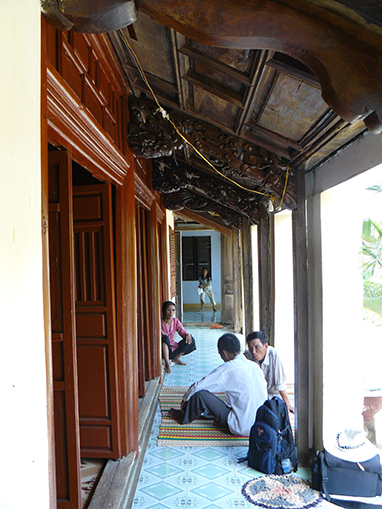The houses on Ly Son Island off Hoang Sa Archipelago, where China illegally deployed an oil rig from May 1 to July 15, were specially built to be fire-proof to deter their invaders.
Tau O were a group of Chinese pirates known for sailing on black ships and looting Vietnamese ships and villages during Vietnam’s Nguyen Dynasty (1908-1945), the country’s last monarchy.
They were notorious for setting fire to the houses they robbed.
Located some 25km from land, Ly Son Island, also known as Re Island, comprises two islets called Lon (Big) and Be (Small). Since the late 16th century, Vietnamese settlers of 15 lineages have inhabited the island.
According to local elders and researchers, 19 houses in Ly Son still retain their original fireproof structure, which ensured that their homes wouldn’t be destroyed by the Chinese pirates, particularly Tau O gangs.
The houses were built from the late 19th century to 1962.
The building techniques were quite unique. The roof wasn’t built from tiles, as tiles were quite fragile and expensive and transportation of the materials was difficult.
Bamboo from the mainland was made into sheets, which were soaked in seawater for up to three months.
The bamboo sheets were then secured to the roofs of the houses.
On top of them was a mixture of basalt, a natural clay found by volcano craters. On top of this were layers of weeds.
The mixture was then compressed into an 8-10cm layer.
To support the roofs, locals built a bamboo frame, which was some 60-110cm from the ground.
Instead of expensive materials taken from the mainland, locals made use of available natural resources, including coral and volcano rock.
Though the wooden structures are flammable, the soil, which serves as the isolation layer, keeps fire out even if the thatched roof catches on fire.
Apart from being fireproof, the houses are also resistant against storms and heat.
They also bear features typical of the central region’s iconic “nha ruong” (wooden houses) and are thus of great aesthetic and historical value.




















































